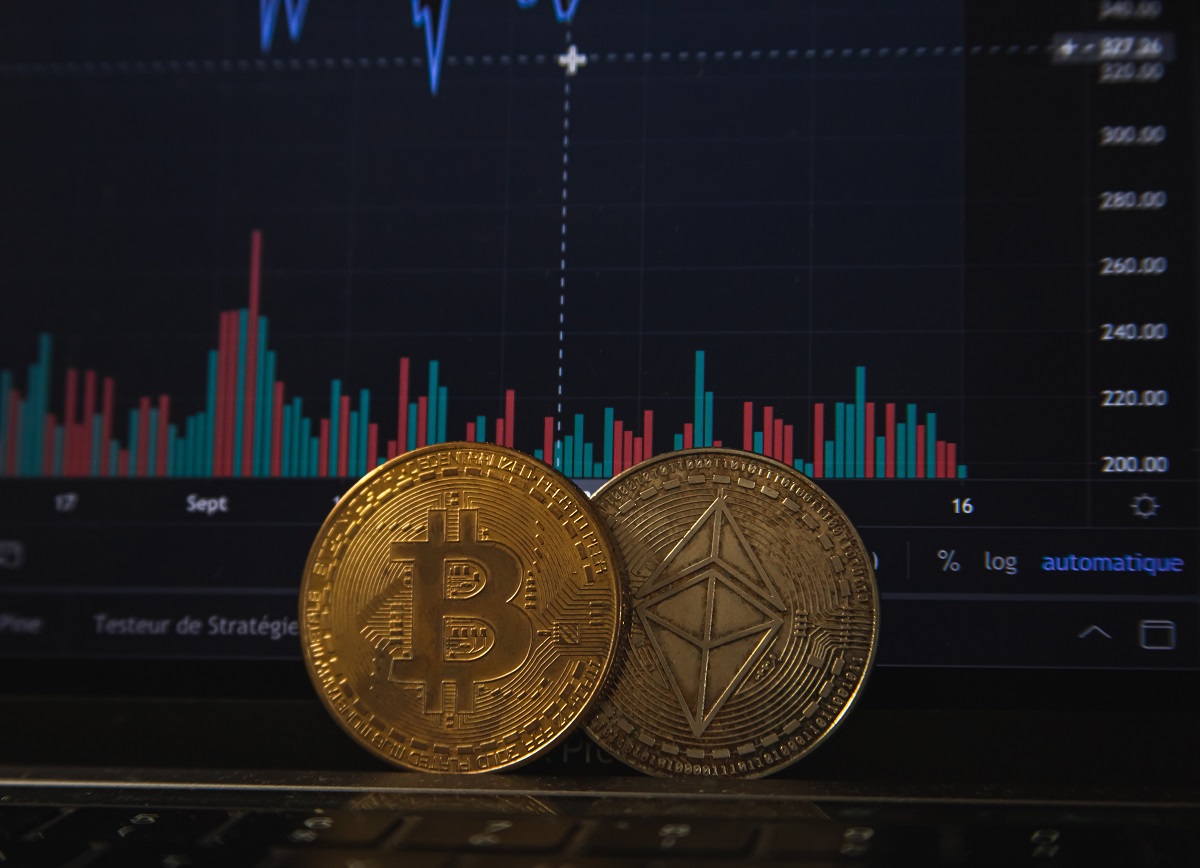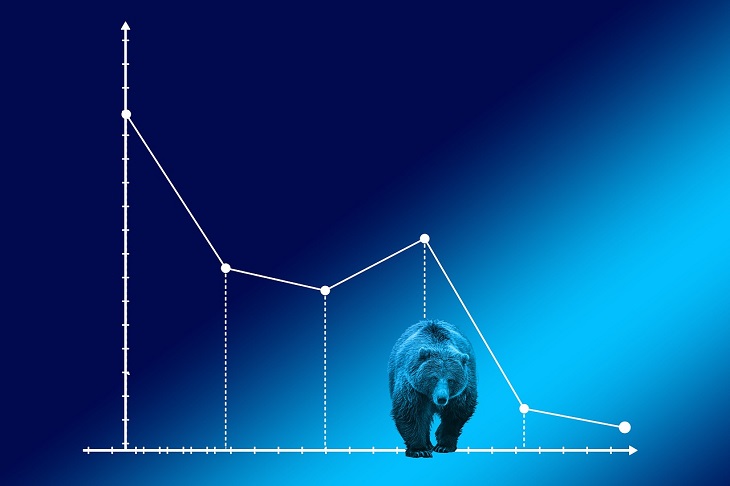5 Ways A Crypto Bear Market Affects NFTs

In the crypto world, there’s a saying that goes: “When it’s good, it’s good. But when it’s bad, it’s a bear attack.” Nothing validates this saying better than a bear market, in which people sell off their cryptocurrency instead of buying. NFTs are built on the same infrastructure as cryptocurrencies, so bear markets have a significant effect on their sales. Let’s dive further into this phenomenon and investigate the various ways a crypto bear market affects NFTs.
What Causes A Crypto Bear Market?
You’ve probably seen the signs of a bear market, including excessive speculation, panic-inducing headlines, and red cryptocurrency charts. Depending on what side of the fence you’re on, bear markets could signal that it’s time to stay out of the crypto market, or prompt you to buy more cryptocurrency at lower prices. Crypto bear markets happen when top cryptocurrencies like Bitcoin see a collective price reduction of at least 20% over a certain period.
As anyone would expect, bear markets are marked by fear, uncertainty, and doubt among cryptocurrency holders. However, no matter how bad it gets, one thing is certain: bear markets are huge drivers of innovation. When the market is down, cryptocurrency projects and companies are pushed to create more utility around their projects, since profit isn’t much of an option. Some of this innovation makes its way into the NFT space.
Are NFTs Affected By The Bear Market?
NFT sales typically drop during bear markets. This can lead to several effects, including a boost in the quality of NFTs versus the quantity, smaller NFT marketplaces falling behind, and token projects creating more utility for their communities. However, it’s not surprising that people aren’t as receptive to the idea of NFTs in a bear market, since it’s a lot more difficult to profit from them. Let’s dive into how NFTs are affected by bear markets.

1. Increased Skepticism
Bear markets have the cryptocurrency community in a chokehold. Since prices fall during this period, investors are a lot more skeptical about blockchain-related products, including NFTs. Without a demand for NFTs, people who buy them may find it difficult to sell them for profit.
There’s also a natural tendency to hold on to money during uncertain times. Apart from the bigger projects like the Bored Ape collections, many collections suffer reduced demand during this period. On the flip side, this makes creators more community-focused, because having a network that believes in their collection makes it easier to find buyers even when the market is down.
2. Lower Marketplace Volumes
According to data from Dune Analytics, NFT trade volumes across several marketplaces fell by 97% between January 2022 and October 2022. After hitting a high of $17 billion in January 2022, the trading volume has fallen below $500 million. The surprising thing is that domain NFTs such as the Ethereum Name Service saw trading volume increases at several points in the year, even while NFT collections continued to decline.
Although OpenSea is still the marketplace leader by volume and transaction counts, the exchange was down from more than one million weekly transactions in January 2022 to about 250,000 weekly transactions in November 2022.
3. Fewer Google Searches
The decline in NFT sales is not surprising – there were already signs that it would happen. One of those was a rapid decline in NFT-related Google searches after January 2022, when the search interest for NFT keywords was at an all-time high.
Google trends show that search interest for NFTs has fallen by 90% since the start of 2022 and continues to decline rapidly. However, search for longer keywords like “Are NFTs a good investment during a bear market?” and “Are NFTs a good investment in 2022?” have reportedly spiked. This speaks to how much the current state of the market has pushed these tokens out of the spotlight.

4. More Sellers Than Buyers
Any market with far more sellers than buyers is definitely in a downturn since the demand is far less than the supply. This isn’t great for NFT sales, because the negative sentiments driven by scandals, rug pulls, and other issues compound. Since a lot of negative headlines tend to accompany bear markets, people are more likely to find ways to sell off their NFTs so that they don’t lose their money. This especially happens when there’s no end in sight to the decline in cryptocurrency prices and NFT sales.
Imagine buying an NFT for $1,000 at the height of the bull market (when cryptocurrency prices are high and a lot of people are buying NFTs). During a bear market, that NFT’s value could drop to $500. Naturally, your options would be to cut your loss and sell it or wait for the price to rise again. In bear markets, people are more likely to take the former option by accepting their losses and selling their NFTs off. For others, this scenario seems like a great time to pick up NFTs at low prices and sell them later for a profit.
5. A Shift From Art to Utility
The best NFT collections are able to combine art and utility perfectly. You can see this combination with projects like Axie Infinity and Bored Ape Yacht Club. Since it’s difficult to profit from NFTs in a bear market, people need more reasons to buy them. Axies, the in-game characters of the Axie Infinity metaverse, are NFTs. However, people still buy them even when the market isn’t doing great because they have utility within the Axie Infinity gaming metaverse.
The Bored Ape project takes a different approach to utility. Apart from owning a piece from one of the most valuable NFT collections, BAYC holders also get access to a large community and events. From using NFTs as a profile picture to finding an easy way to use NFTs for your film, the bottom line is that the more utility you get from an NFT, the easier it is for you to justify buying it – even in a bear market.
Featured image by Pierre Borthiry – Peiobty on Unsplash
